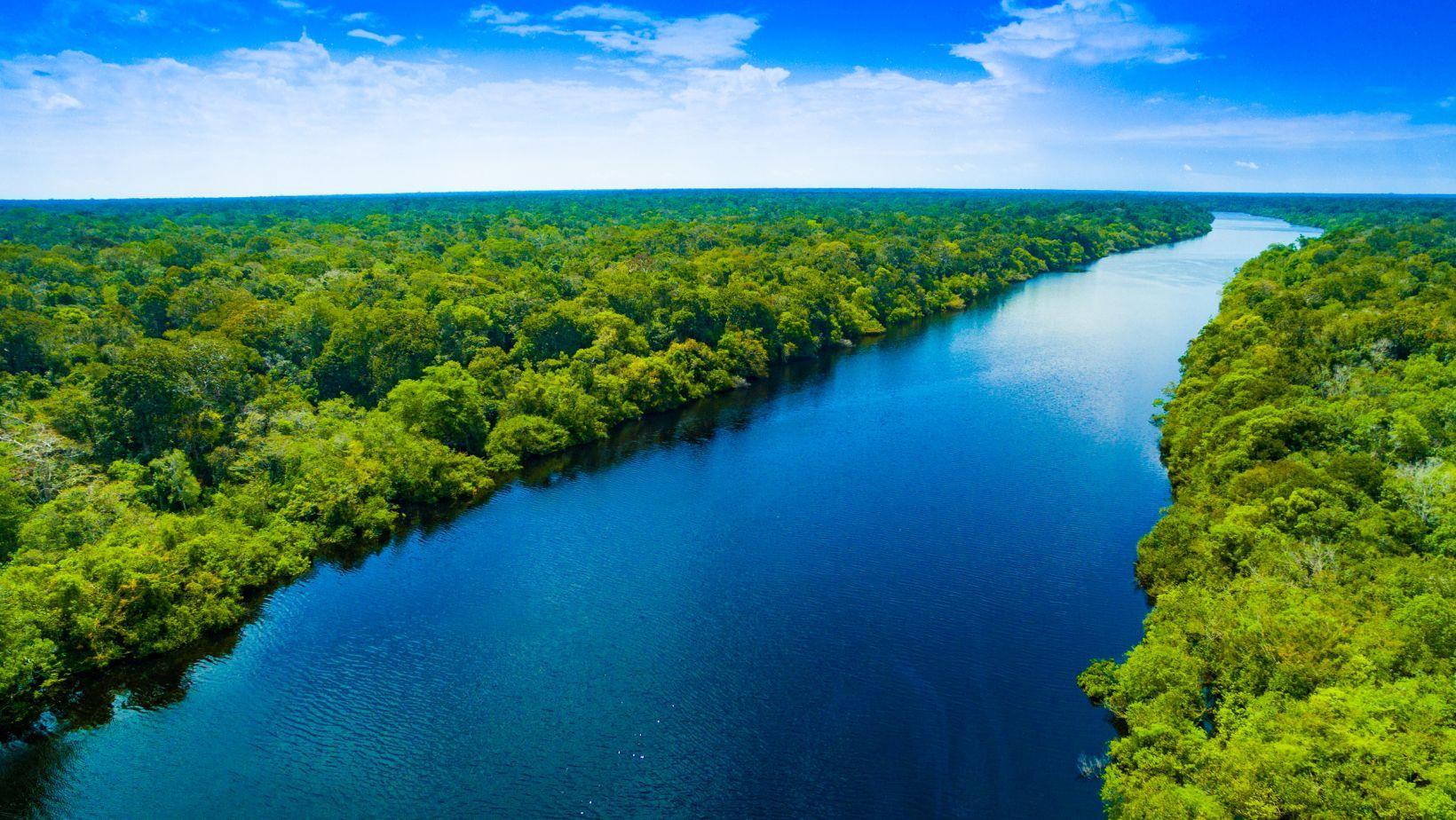The Amazon Rainforest: What It Is, Why It Matters, and How It Is Endangered
The Amazon rainforest is the world's largest and most diverse tropical forest, covering an area of about 5.5 million square kilometers (2.1 million square miles) across nine countries in South America. It is home to an estimated 10% of the world's species, including thousands of plants, animals, insects, and fungi that are found nowhere else on Earth.
It also provides vital ecosystem services that benefit people and the planet, such as producing oxygen, storing carbon, regulating climate, and supplying food, medicine, and materials.

However, the Amazon rainforest is facing multiple threats that are putting its existence and function at risk. the Amazon has been deforested so far, mostly due to agricultural expansion, logging, mining, and urban development. Deforestation not only destroys habitats and biodiversity, but also releases carbon dioxide into the atmosphere, contributing to global

warming and climate change. Moreover, deforestation reduces the ability of the forest to generate its own rainfall, creating a feedback loop that could lead to further drying and degradation of the forest.
The Amazon rainforest is also threatened by fires, pollution, climate change, and invasive species. Fires are often used to clear land for agriculture or ranching, but they can spread uncontrollably and damage large areas of forest. Pollution from mining, oil drilling, and other activities can contaminate the soil and water sources of the Amazon, affecting the health of wildlife and people.
Climate change can alter the temperature and precipitation patterns of the region, affecting the growth and survival of plants and animals. Invasive species can outcompete or prey on native species, disrupting the ecological balance of the forest.
The loss of the Amazon rainforest would have devastating consequences for the region and the world. It would reduce biodiversity, affect water cycles, increase greenhouse gas emissions, worsen climate change, and threaten the livelihoods and cultures of millions of people who depend on the forest for their well-being. Therefore, it is imperative to protect and conserve this precious natural resource for the present and future generations.
There are many actions that can be taken to protect and conserve the Amazon rainforest. Some examples are:
• Supporting sustainable development and natural resource management that respect the rights and needs of local communities and indigenous peoples.
• Promoting alternative livelihoods and income sources that reduce pressure on forest resources and enhance forest conservation.
• Implementing effective policies and laws that prevent illegal deforestation and enforce environmental regulations.
• Creating and expanding protected areas that safeguard critical habitats and biodiversity.
• Restoring degraded lands and reforesting areas with native species.
• Raising awareness and education about the importance and value of the Amazon rainforest.
• Supporting research and innovation that improve our understanding and monitoring of the forest dynamics and threats.
• Engaging in international cooperation and collaboration that foster dialogue and action among stakeholders.
The Amazon rainforest is a treasure trove of life that deserves our respect and care. By protecting and conserving it, we are not only preserving its beauty and diversity, but also ensuring its vital role in sustaining our planet.
